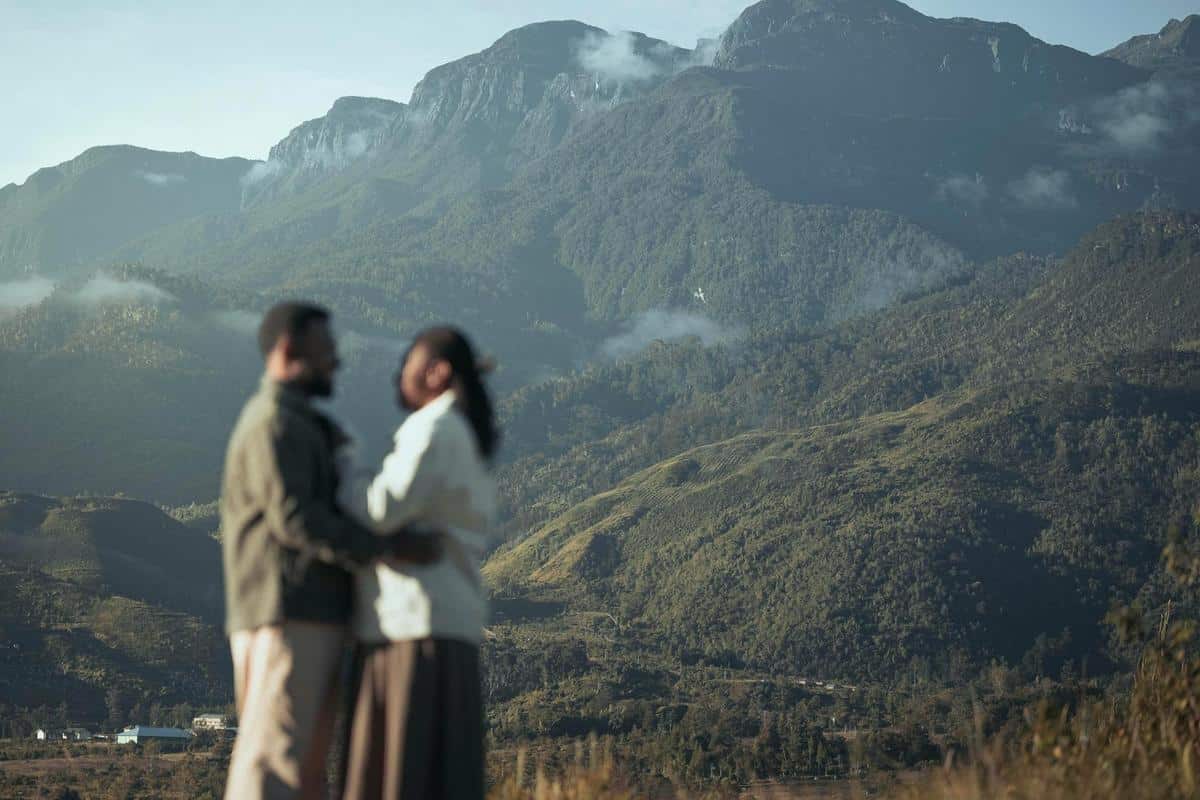
Creative Long Exposure Photography Ideas
Long exposure photography is a fascinating realm of creativity that transforms ordinary scenes into extraordinary images. By prolonging the exposure time, photographers can capture the movement of light and time in a single frame, creating stunning visual effects that are both captivating and ethereal.
Exploring Long Exposure Photography
Long exposure photography involves using slower shutter speeds to capture the movement within a scene. This technique is often used to convey a sense of motion, whether it’s the trailing lights of vehicles, the smooth flow of water, or the streaks of clouds in the sky.
Expert Insights
Renowned photographer Michael Kenna explains, “Long exposure photography allows you to see the world in ways that are not possible with the naked eye. It’s about capturing the passage of time and presenting it in a still image.” This highlights the transformative power of long exposures in photography.
Creative Ideas and Examples
- Light Trails: Capture the dynamic movement of car lights on a busy street by setting your camera to a long exposure. This creates vibrant trails of light that add energy to your image.
- Star Trails: By pointing your camera at the night sky for an extended period, you can capture the mesmerizing rotation of stars around the celestial pole, resulting in beautiful concentric circles.
- Flowing Water: Use a long exposure to smooth out the surface of a river or waterfall, creating a silky effect that contrasts beautifully with surrounding textures.
- Cloud Movement: On a windy day, capture the motion of clouds across the sky. This adds a dramatic and dreamy quality to your landscape photographs.
- Fireworks: Extend the exposure to capture the full burst of fireworks, creating a dazzling display of color and light in your images.
Statistics and Research
According to a survey conducted by the Photography Society, 65% of photographers believe that long exposure is one of the most impactful techniques for creating unique images. This statistic underscores its popularity and effectiveness in crafting compelling visuals.
Personal Anecdote
During a recent trip to the coast, I experimented with long exposure photography at dusk. The result was a serene image of the ocean, with the waves transformed into a smooth, misty surface, providing a calming contrast to the rugged cliffs.
Actionable Tips
| Technique | Description |
|---|---|
| Use a Tripod | Stabilize your camera to prevent blur from camera shake. |
| Adjust ISO | Keep ISO low to reduce noise in long exposures. |
| Shutter Speed | Experiment with different speeds to achieve desired effects. |
| Neutral Density Filter | Use to reduce light entering the lens, allowing for longer exposures. |
| Remote Shutter Release | Prevent camera shake by using a remote or self-timer. |
| Check Weather | Cloudy or windy conditions can enhance long exposure effects. |
| Manual Focus | Ensure sharpness by focusing manually before starting the exposure. |
| Compose with Care | Consider composition carefully to enhance the impact of motion. |
Pro Tip:
Try using a graduated neutral density filter to balance exposure between a bright sky and a darker foreground. This helps in achieving well-exposed long exposure shots during sunrise or sunset.
FAQ
What is the ideal shutter speed for long exposure?
There is no one-size-fits-all answer, as it depends on the effect you want to achieve. Start experimenting with shutter speeds between 10 and 30 seconds.
Can I do long exposure photography during the day?
Yes, with the help of neutral density filters, you can reduce the amount of light entering the lens, allowing for long exposures even in daylight.
Do I need special equipment for long exposure photography?
While not mandatory, a tripod, remote shutter release, and neutral density filters can significantly enhance your long exposure photography.
Conclusion
Long exposure photography offers a world of creative possibilities for photographers seeking to capture the beauty of time and motion. By experimenting with different techniques and settings, you can create images that stand out for their unique visual appeal. Whether you’re a seasoned photographer or a beginner, incorporating these ideas can elevate your portfolio and provide endless opportunities for artistic expression.

